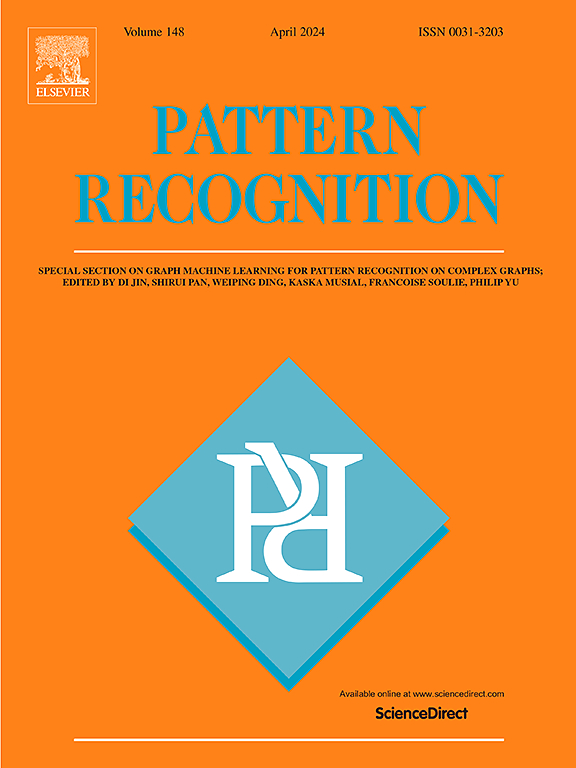Leveraging multi-level regularization for efficient Domain Adaptation of Black-box Predictors
IF 7.5
1区 计算机科学
Q1 COMPUTER SCIENCE, ARTIFICIAL INTELLIGENCE
引用次数: 0
Abstract
Source-free domain adaptation (SFDA) aims to adapt a source-trained model to a target domain without exposing the source data, addressing concerns about data privacy and security. Nevertheless, this paradigm is still susceptible to data leakage due to potential adversarial attacks on the source model. Domain adaptation of black-box predictors (DABP) offers an alternative approach that does not require access to both the source-domain data and the predictor parameters. Existing DABP methods, however, have several significant drawbacks: (1) Lightweight models may underperform due to limited learning capacity. (2) The potential of the target data is not fully harness to learn the structure of the target domain. (3) Focusing exclusively on input-level or network-level regularization renders feature representations susceptible to noisy pseudo labels, degrading performance. Aiming at these limitations, we introduce a novel approach referred to as Multi-Level Regularization (MLR) for efficient black-box domain adaptation from network-level, input-level, and feature-level. Our MLR framework comprises a teacher–student network that allows peer networks to utilize pseudo labels generated by each other for supplementary guidance, thereby learning diverse target representations and alleviating overfitting on the source domain. At the input level, we integrate both local and global interpolation consistency training strategies to capture the inherent structure of the target data. Furthermore, by leveraging input-level and network-level regularizations, we propose a mutual contrastive learning strategy that constructs positive pairs from various network architectures and data augmentations to enhance representation learning. Extensive experiments show that our method achieves state-of-the-art performance on several cross-domain benchmarks with lightweight models, even outperforming many white-box SFDA methods.
求助全文
约1分钟内获得全文
求助全文
来源期刊

Pattern Recognition
工程技术-工程:电子与电气
CiteScore
14.40
自引率
16.20%
发文量
683
审稿时长
5.6 months
期刊介绍:
The field of Pattern Recognition is both mature and rapidly evolving, playing a crucial role in various related fields such as computer vision, image processing, text analysis, and neural networks. It closely intersects with machine learning and is being applied in emerging areas like biometrics, bioinformatics, multimedia data analysis, and data science. The journal Pattern Recognition, established half a century ago during the early days of computer science, has since grown significantly in scope and influence.
 求助内容:
求助内容: 应助结果提醒方式:
应助结果提醒方式:


